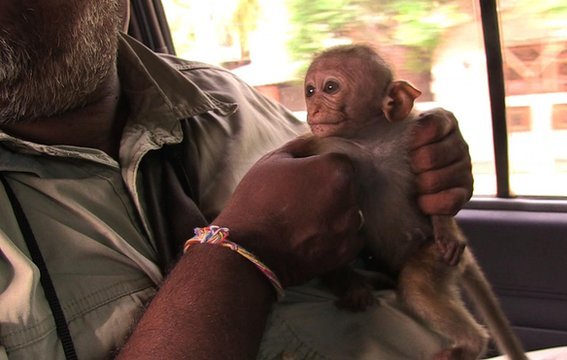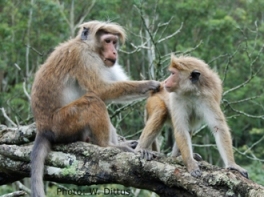Smithsonian interviews Dr. Dittus
JUNE 30, 2016
For nearly 50 years, Smithsonian Conservation Biology Institute primatologist Wolfgang Dittus has studied and lived among the toque macaques in Sri Lanka. In our Q & A, he reveals how family relationships, intelligent behavioral strategies and a healthy environment are key to this species’ survival.
Want science delivered straight to your inbox? Sign up for the e-newsletter here.
OUR AUDIENCE MAY HAVE NEVER HEARD YOUR NAME, BUT YOU AND JANE GOODALL ARE NECK IN NECK FOR THE LONGEST RUNNING PRIMATE STUDY IN THE WORLD. WHAT PRIMATES DO
For more than 48 years, I have been researching toque macaques at our study site in Polonnaruwa, Sri Lanka. Over the years, we’ve studied more than 4,000 macaques. We want to identify key behaviors and measure how they contribute to macaques’ ability to survive and reproduce in a changing environment. One important method we use to keep track of who is who, is making ID cards for individual macaques that include their identifying characteristics.
One of my goals as a scientist is to teach people how wonderful these monkeys are. People will only be willing to help conserve species that they love. They will only love these species if they understand them, and they will only understand these species if scientists (myself included) are telling the animals’ stories.
WHAT WAS YOUR MOST MEMORABLE EXPERIENCE IN THE FIELD?
Juvenile toque macaques are very inquisitive and much more likely to take risks than the adults. I was just standing and observing them when one juvenile approached and touched me! When I first started the study, it took me a long time to habituate these monkeys to me being there. Once they’re used to a person, they don’t run away, but they don’t necessarily approach, either. […]



